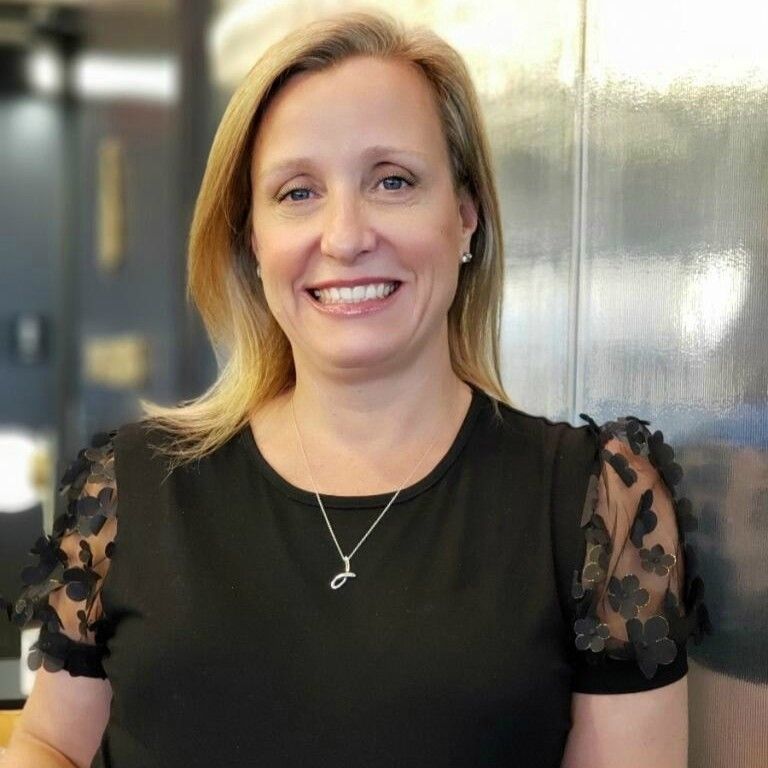Here’s a tricky question, from the Sandler Research Center, for any business leader responsible for customer success or net revenue retention. Of all the clients who changed suppliers last year, 68% did so because:
They were offered a better, shinier, “deal.”
They were offered a lower price.
They no longer felt valued by the incumbent supplier.
If you answered A or B, you’re wrong. Sixty-eight percent of clients changed suppliers because they no longer felt valued by the incumbent supplier. As the leader of a team responsible for sales, think about the implications of that. Every year businesses lose billions of dollars in sales, simply because of poor customer service and inefficient account management.
The Sandler Research Center’s latest report looks at how nearly 500 organizations are managing their customer relationships and presents their findings, and recommendations, to those who understand that the key to survival, especially in today’s environment, is based on the fundamental ability to land, expand and renew. Here’s some of what they learned:
Strengthening the Relationship
In the report, nearly 30% of the respondents said they have very strong executive to executive relationships with their major accounts – which means the remaining 70% may not benefit from the same level of access to the C-suite.
Think about your sales team. Most representatives will foster one, or two, strong contacts at an account. Yet, most major account buying networks consist of multiple individuals across the organization. If we start in sales alone, and get pushed down, it is very unlikely that we can get back up again unless we have a relationship within many levels of the company. The responsibility lies, entirely, with the seller to ensure those relationships are continually strengthened.
Delivering Value
Eighty percent of revenue comes from existing clients and customers. Yet many companies are far too focused on winning new business instead of nurturing the existing customers they have. What dictates your organization’s right to win, grow and keep major accounts all comes down to perceived value. Sandler’s survey found that just 24.5% of companies reported being very effective at delivering value from their client’s perspective.
The only way to know if your organization is consistently delivering true value is to ask them. Hold regular review, and planning, meetings with clients and build a plan that maintains a realistic balance between new business and existing customers.
Growing the Partnership
Strengthening account partnerships means a strategic focus on increasing satisfaction, building trust and promoting collaboration. The good news, from many organizations in the report, is that account satisfaction levels are over 75%, with the trust level even higher at 80%.
Companies that don’t continually strive to improve these levels of satisfaction, and trust, risk stagnation or even regression. A period of stagnation opens the door for a competitor who has identified your negligence and is ready to take advantage. Aim to become the clients’ trusted adviser. The best way to foster trust is by building strong, and enduring, relationships with your clients.
Benefits of Client Retention Programs
Although most companies traditionally spend more money on new client acquisition, client retention is often faster, and typically costs up to 15 times less, than finding, qualifying and selling to a new client.
That’s why the ability to land, expand and renew with existing clients where you already have a relationship will help you to create a business that can survive these changing times. Don’t let your clients change suppliers because they no longer feel valued by your organization. Set the stage for open communication, and strategic interaction, so that you can continue to win, grow and keep your major accounts for years to come.
If you would like a copy of the entire report on Proactive Client Retention, simply call or email me.
Jim Marshall is owner and president of Sandler Training of Tampa Bay, which provides sales, corporate and management training to high-achieving companies and individuals. Contact him at 813.287.1500 or [email protected].









